Conception, design, typography, creation of information graphics, color and imagery, final artwork for a real estate information memorandum or Portfolios and Flyers.
Graphic design is a critical aspect of real estate marketing, as it helps to visually communicate the features and benefits of a property to potential buyers or renters.
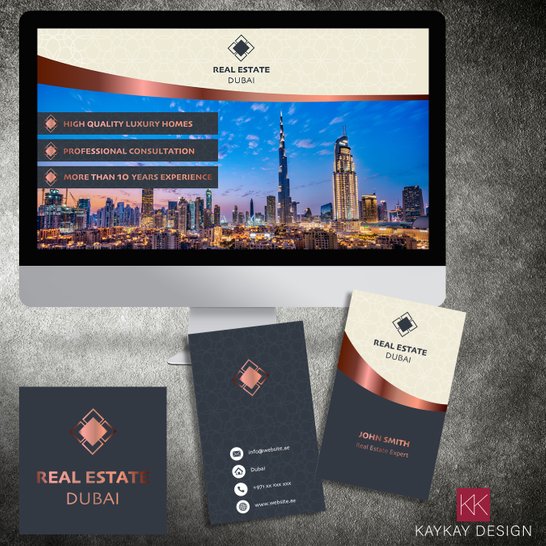
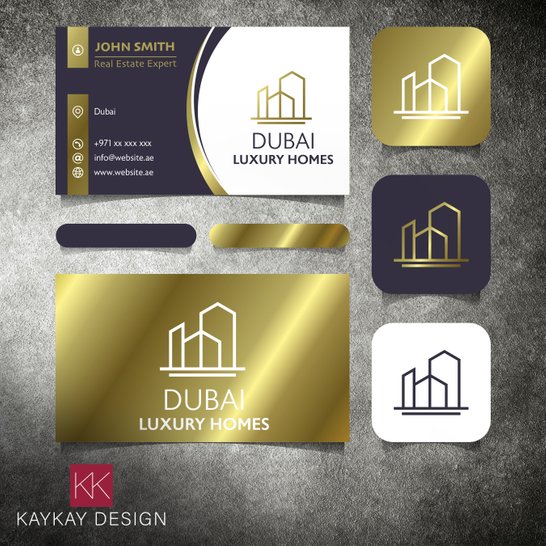
Creative contents for your site or channels. We design pictures, Videos and GIFs.
Social media design plays a crucial role in shaping the user experience of social networking platforms. From the overall look and feel of the platform to the functionality of its features, design elements can make or break the success of a social media site.
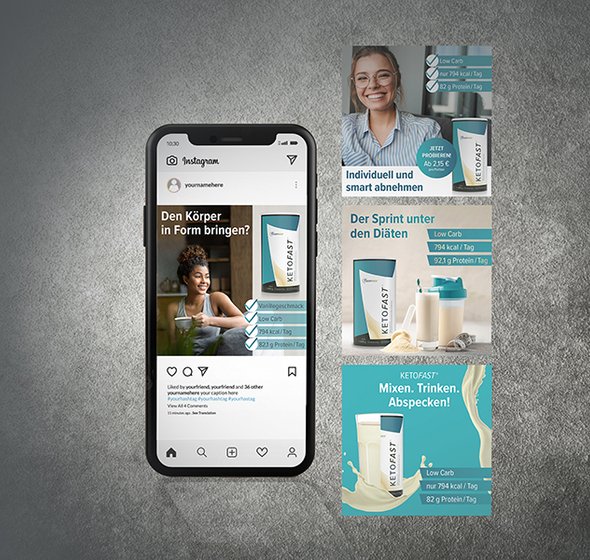

We design Brochures and Magazines with unique Designs. No matter for which target group: We create the perfect Design!
Both brochure and magazine design require a deep understanding of the target audience and the purpose of the publication. A good designer must also have strong visual communication skills and be able to balance creativity with functionality to create a design that meets the client's goals while also appealing to the target audience.
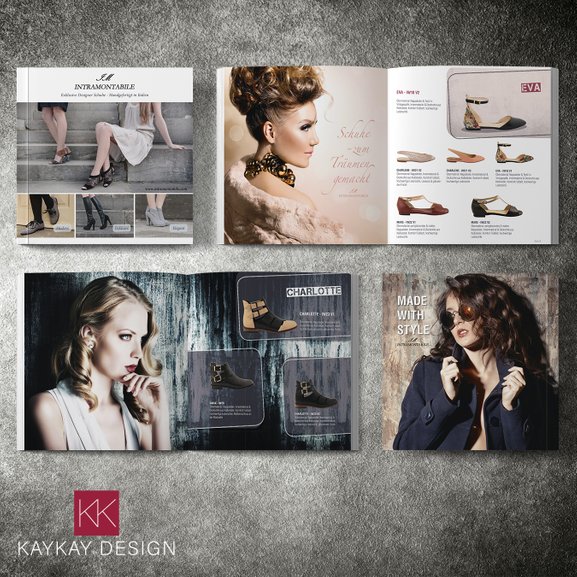
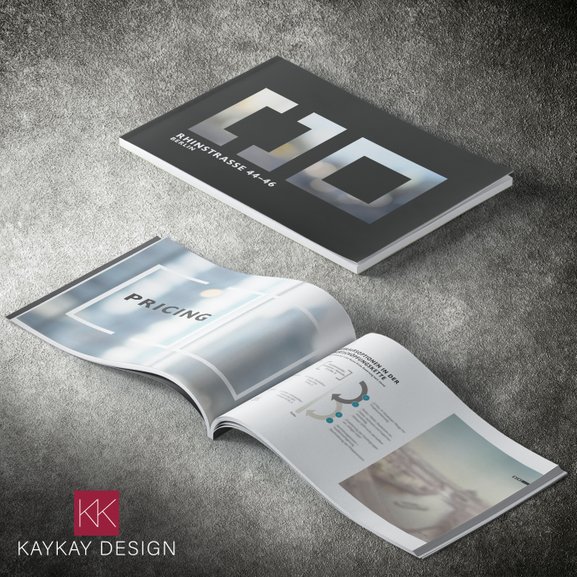
For any kind of packages we love to give them a creative look!
Packaging design is a crucial aspect of product development, as it plays a vital role in how consumers perceive and interact with a product. It is the art and science of creating packaging that is not only functional but also visually appealing, informative, and reflective of the brand’s identity.
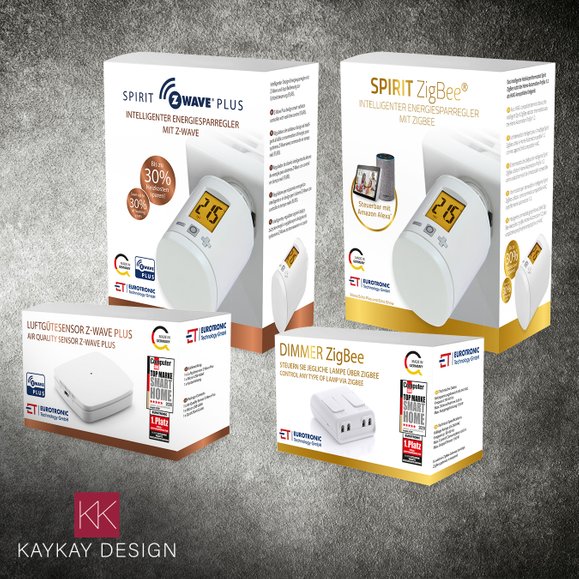
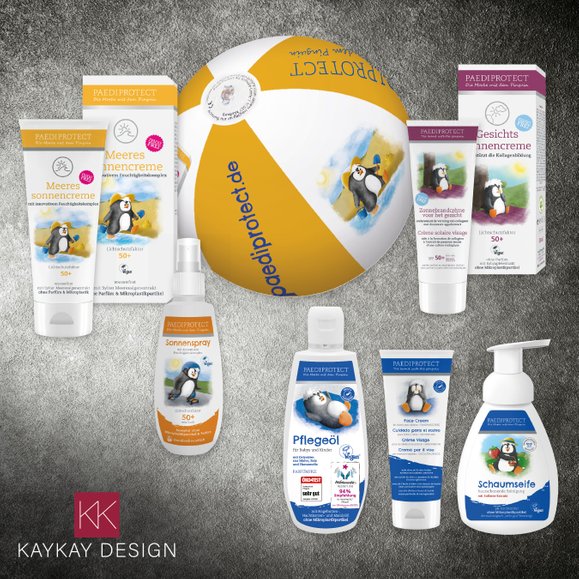
Advertisement design is the art and science of creating visual and textual content that promotes a product or service to potential customers. Effective advertisement design involves a variety of elements, including the use of compelling images, clear and concise messaging, and an understanding of the target audience.
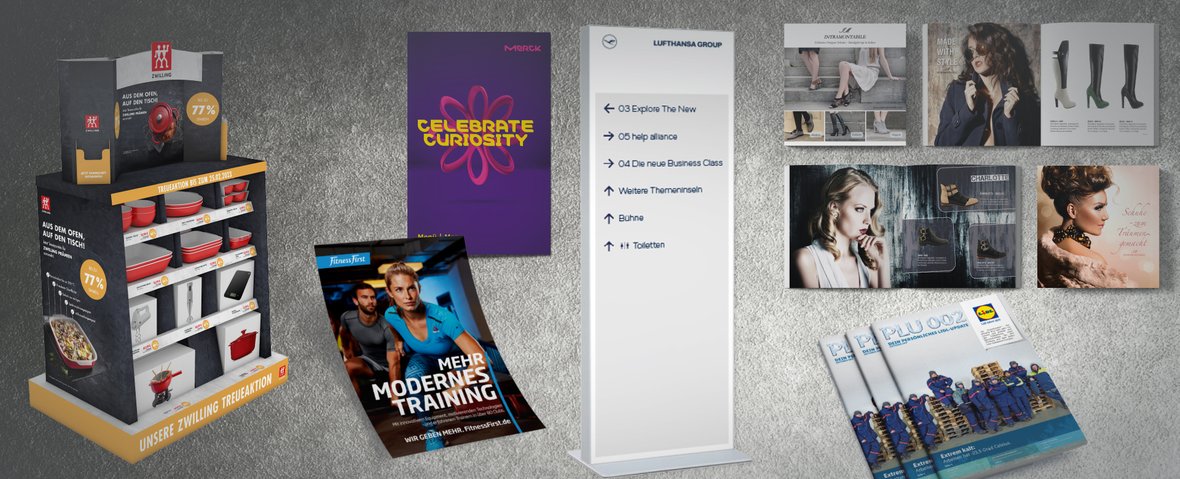
Contact us for the full portfolio!
Advertisement design is the art and science of creating visual and textual content that promotes a product or service to potential customers. Effective advertisement design involves a variety of elements, including the use of compelling images, clear and concise messaging, and an understanding of the target audience.
One of the key components of effective advertisement design is the use of imagery. Images can help to convey the benefits of a product or service in a way that text alone cannot. For example, a car advertisement may feature images of a sleek, shiny vehicle speeding down an open road. This imagery can help to create a sense of excitement and freedom, which may appeal to potential customers who are looking for a thrilling driving experience.
Another important aspect of advertisement design is messaging. The text used in an advertisement should be clear and concise, with a focus on the benefits of the product or service being promoted. For example, a shampoo advertisement may feature messaging that highlights the product's ability to leave hair soft, shiny, and full of volume.
In addition to imagery and messaging, effective advertisement design also involves an understanding of the target audience. The advertisement should be designed with the needs and preferences of the target audience in mind. For example, an advertisement for a luxury watch may be designed to appeal to affluent consumers who value exclusivity and style.
Ultimately, effective advertisement design is about creating a compelling message that resonates with potential customers. By combining great imagery, clear messaging, and an understanding of the target audience, designers can create advertisements that capture attention, build brand awareness, and drive sales.
Social media design plays a crucial role in shaping the user experience of social networking platforms. From the overall look and feel of the platform to the functionality of its features, design elements can make or break the success of a social media site.
One of the most important aspects of social media design is its user interface (UI). The UI should be intuitive, easy to navigate, and visually appealing. Users should be able to quickly understand how to use the platform and find the features they need. A clear and concise design can enhance the user experience and keep users engaged with the platform.
Another crucial element of social media design is the visual branding of the platform. The visual design should be consistent across all pages, and the use of colors, typography, and imagery should be carefully considered. A strong visual identity can help create a sense of community and loyalty among users.
Social media design also includes the creation of engaging content formats, such as videos, images, and animations, that can attract and retain users' attention. Visual content can make social media posts more shareable and increase user engagement.
In recent years, the mobile-first approach has become increasingly important in social media design. With the majority of social media users accessing platforms from their smartphones, designers need to ensure that the platform's layout and functionality work well on smaller screens. This means optimizing the design for mobile devices, using responsive design techniques, and prioritizing mobile-friendly features.
In conclusion, social media design is a critical component of the user experience on social networking platforms. Designers need to consider the platform's user interface, visual branding, content formats, and mobile-first approach to create a visually appealing, intuitive, and engaging platform that keeps users coming back for more.
Packaging design is a crucial aspect of product development, as it plays a vital role in how consumers perceive and interact with a product. It is the art and science of creating packaging that is not only functional but also visually appealing, informative, and reflective of the brand’s identity.
Packaging designers are responsible for creating the look and feel of a product's packaging. They consider various factors such as the product's target audience, the brand's values and personality, the product's features and benefits, and the manufacturing and distribution processes.
Packaging designers work closely with product designers, marketing teams, and manufacturers to develop packaging that meets specific requirements and fulfills the brand's objectives. They use a range of design elements, such as color, typography, graphics, and imagery, to create packaging that stands out on shelves and communicates the product's unique selling proposition.
A well-designed package can attract the attention of potential customers, convey important information about the product, and create an emotional connection with the brand. It can also provide functional benefits such as protection, ease of use, and convenience.
In recent years, sustainable packaging design has become a significant trend in the packaging industry. Packaging designers are now tasked with creating packaging that is eco-friendly, recyclable, and reduces waste. They use innovative materials and design techniques to create packaging that is both functional and sustainable, appealing to consumers who are increasingly conscious about their environmental impact.
In conclusion, packaging design is a crucial element in the success of a product. Packaging designers play a vital role in creating packaging that is not only functional but also visually appealing, informative, and reflective of the brand's identity. They consider various factors such as the product's target audience, the brand's values and personality, and the manufacturing and distribution processes to create packaging that meets specific requirements and fulfills the brand's objectives.